Volvo won’t chase last bit of ICE business, but PHEVs will evolve
- Volvo might end gas models sometime after 2030 even if demand still exists
- Charging infrastructure, slower EV adoption are behind new timeline
- Volvo PHEVs will keep evolving toward EV, with smaller engines too
Although Volvo last week walked back plans to sell only plug-in vehicles by 2030, relaxing the electrified target to 90% by then, its executives were eager to place some nuance on the announcement.
Beneath the recalibrated timeline, Volvo made clear in a series of roundtables with the press last week, that this doesn’t mean it will keep building gasoline models as long as regulators allow them to be sold. And it’s still ready to go 100% plug-in by then if the market demands it.
“We don’t want to chase BMW in building engines,” said Björn Annwall, Volvo’s chief operating officer and deputy CEO. “We want to build the best software-defined vehicles.”
Annwall is referring to remarks from BMW, as recently as earlier this year, affirming that it will continue to invest in engines.
Volvo’s head of engineering and R&D Anders Bell also confirmed that while it might be making a small number of mild hybrids without a charge port into the start of the next decade, this announcement brings no change to Volvo’s end of internal combustion engine work. Volvo several years ago, on the business front, closed the door on ICE and spun off its engine development, with manufacture done by a new company jointly owned by parent Geely, of engines to be used in vehicles across Geely’s brands.
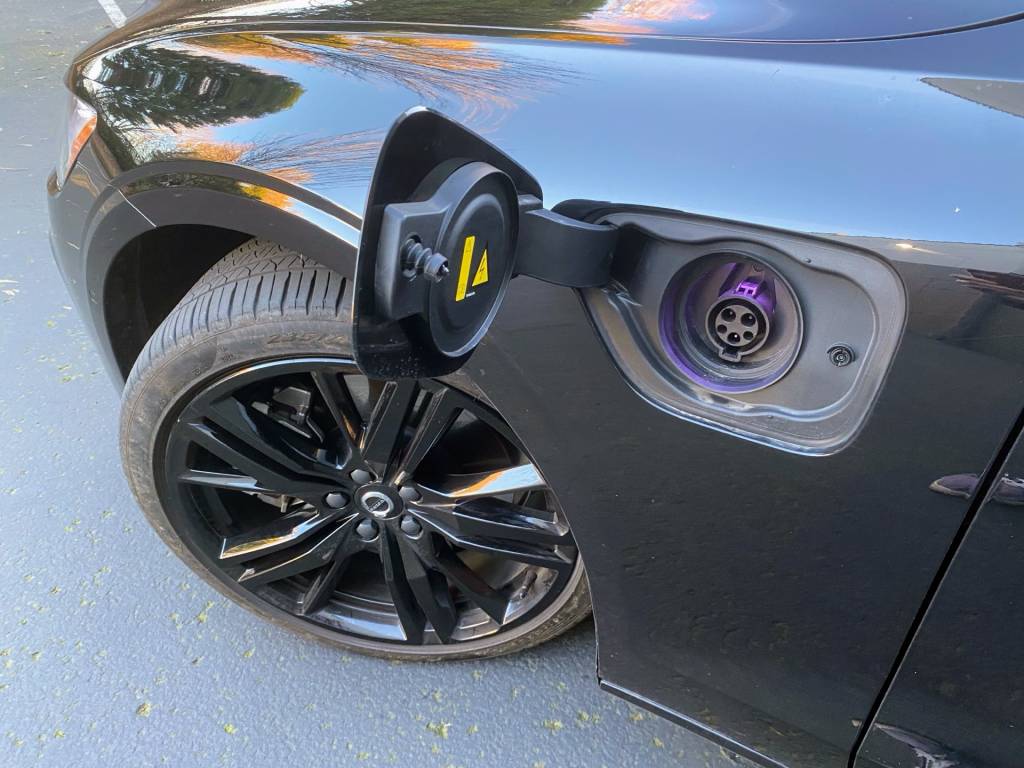
2024 Volvo S60 Recharge
Charging infrastructure partly to blame
“Over the past few years…generally, in the industry, everybody thought there would be adaptation of the battery electric vehicle faster,” said Bell. “Infrastructure didn’t grow in regions as fast as expected, and we need to be pragmatic.”
Volvo currently has about 1.5% of the global market, by sales, Annwall said, and in the early years of the next decade, if the global market is in the range of 50-70% EVs by then, Volvo is fine walking away from that sliver of its non-plug-in business.
“I wish we had a crystal ball, and I think today’s announcement is about the fact that we don’t have a crystal ball,” said Annwall, explaining that it gains Volvo some strategic flexibility in how quickly the market evolves in different parts of the world.
“It’s not about cutting down the vision to become fully electric,” he added. “It’s about the fact that we will keep the current technology fresh and competitive longer, up until 2030 and beyond, if required in order to be able to play in those markets.”
“I believe we’re going to get to fully electric quicker,” the executive said, reflecting on the new target. “If we talk about Northern Europe, if we talk about Norway, we did yesterday.”
Volvo used last week’s announcement as a chance to emphasize its Superset technology stack for software and electrical architecture set to debut on the 2025 EX90 electric SUV, and set to be evolved with subsequent EVs like the upcoming Volvo EX60 electric SUV due to arrive around 2026.
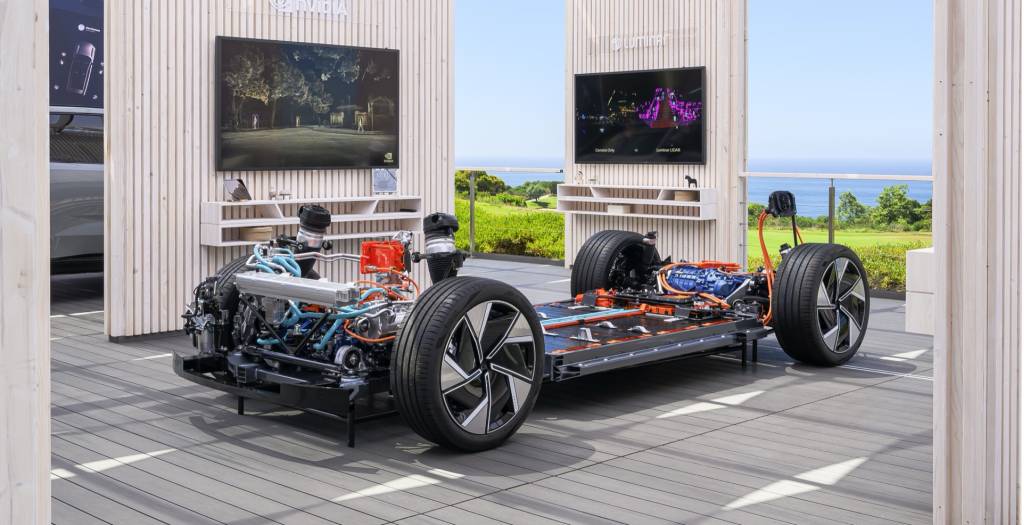
2025 Volvo EX90 propulsion system
Evolving Volvo plug-in hybrid tech?
But to focus on propulsion, Volvo’s recalibrated strategy still means it plans to sell a great many plug-in hybrids by that target and well beyond.
It’s substituted in larger battery packs every few years and raised motor output. The 18.8-kwh battery pack—today’s three-layer battery technology—is actually cheaper to produce than the previous two-layer battery tech, according to Annwall, and in the XC90 it can deliver 33 electric EPA miles and the stronger electric motor output at a lower cost than the previous generation. “I think we can continue to evolve the electrified part of the powertrain, and that’s our strategy.”
That said, the system still runs through a traditional eight-speed automatic transmission, as it did when Volvo phased in this system a decade ago, and the electric propulsion takes second fiddle to the combustion engine by power output and design. EV kind of cars asked several questions about when and how this system might evolve and got some hints.
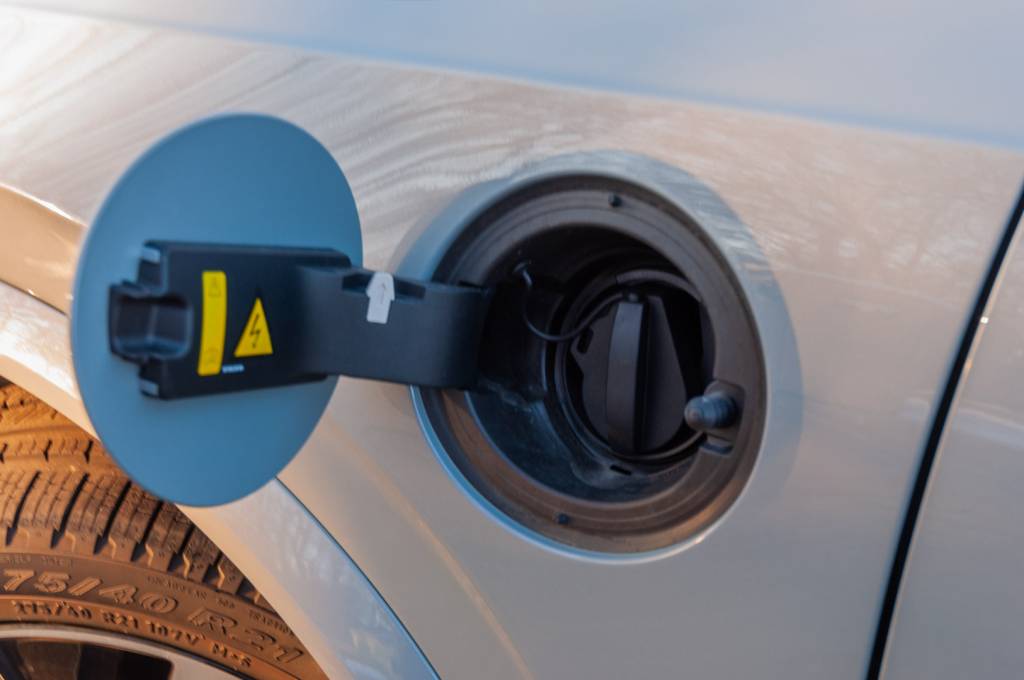
2024 Volvo XC90 Recharge
“The most important thing is to increase the internal efficiency even more,” said Erik Severinson, Volvo’s head of new car programs and operations strategy. Today electric machines are about 90% internal efficiency while combustion engines are around 30% internal efficiency, but there’s room above 90% efficiency, he said. “You will see that development.”
Severinson said that for future PHEVs there will be even less focus on the number of cylinders and more on the ultimate performance of the vehicle. Volvo has already subbed in 3-cylinder engines for its smaller plug-in hybrids.
Volvo says that from its own data, on a globally average, its plug-in hybrids are driven 50% of their miles on electricity, and it’s on the increase.
How much battery capacity and range is enough in a plug-in hybrid? Volvo has run a bunch of scenarios and conducted customer studies to understand how people are using their electric range, but Severinson wouldn’t comment on the tipping point. “At some point the battery gets big, the battery gets heavy, and cost goes up for the PHEV as well.”
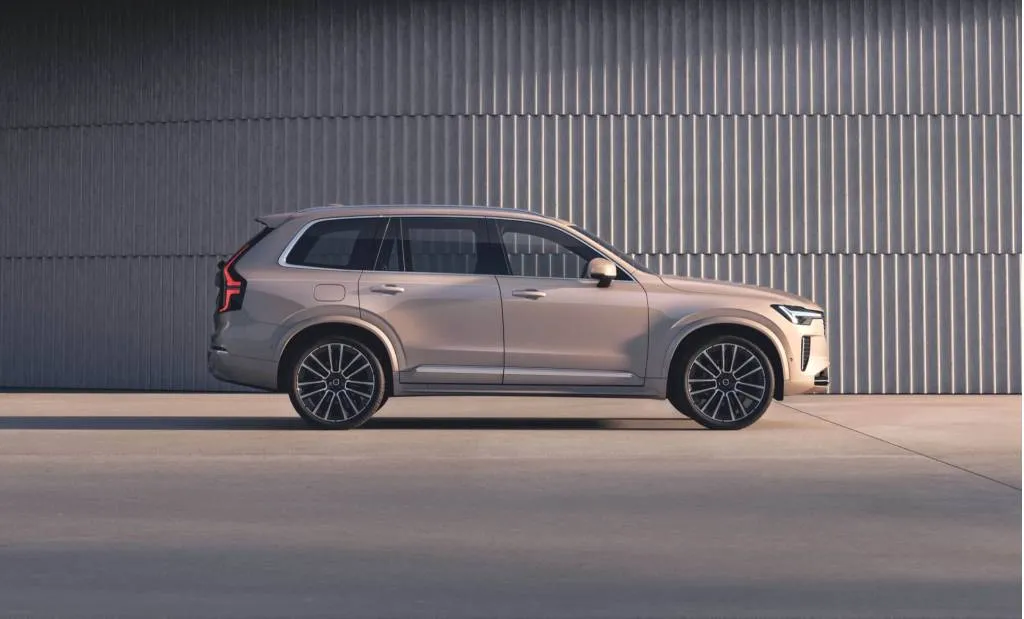
2025.5 Volvo XC90
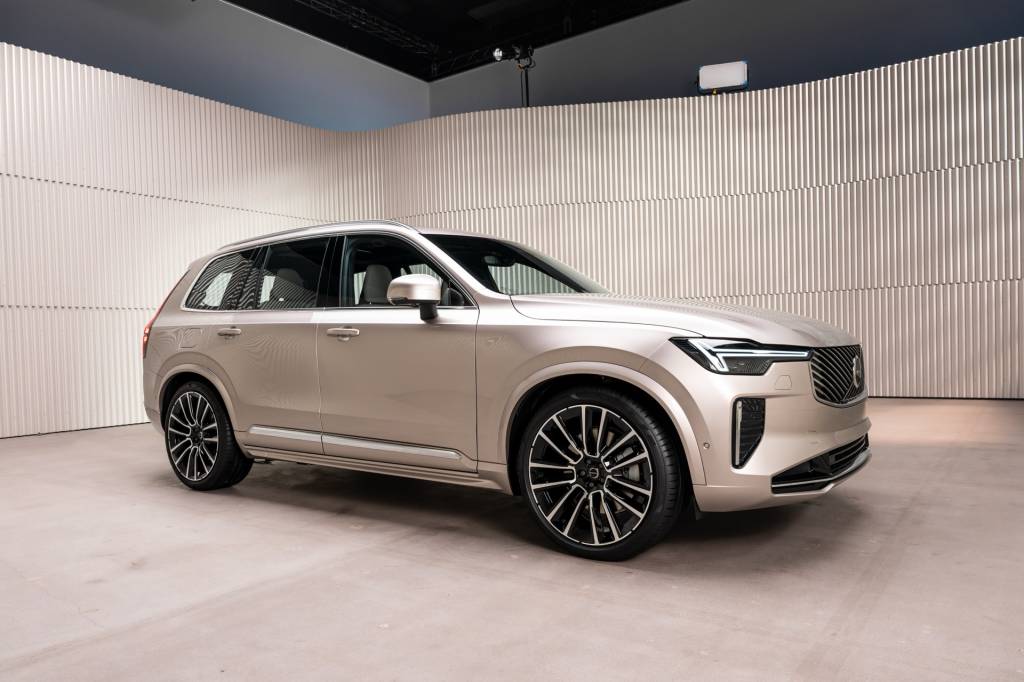
2025.5 Volvo XC90

2025.5 Volvo XC90
Quicker charging times could make the size of the PHEV batteries less relevant, Severinson said. Although at present Volvo’s PHEVs in the U.S., including the 2025.5 Volvo XC90, still use a very slow, low-power 3.7-kw onboard charger that’s inadequate for midday charges.
Bell would not comment on future tech solutions for PHEV—or for making the gasoline engine secondary with more of a range-extender approach—but he said that “we have a keen eye on what are the right technologies for us and for our customers for sure, and how much benefit.” He quickly added that “we need to be able to make sure that whatever product we do, it needs to be a Volvo. It needs to be a good experience, good NVH, good properties, reasonable towing, etc.—so that part doesn’t change, but the technology to support those choices might.”
Electric cars news.


